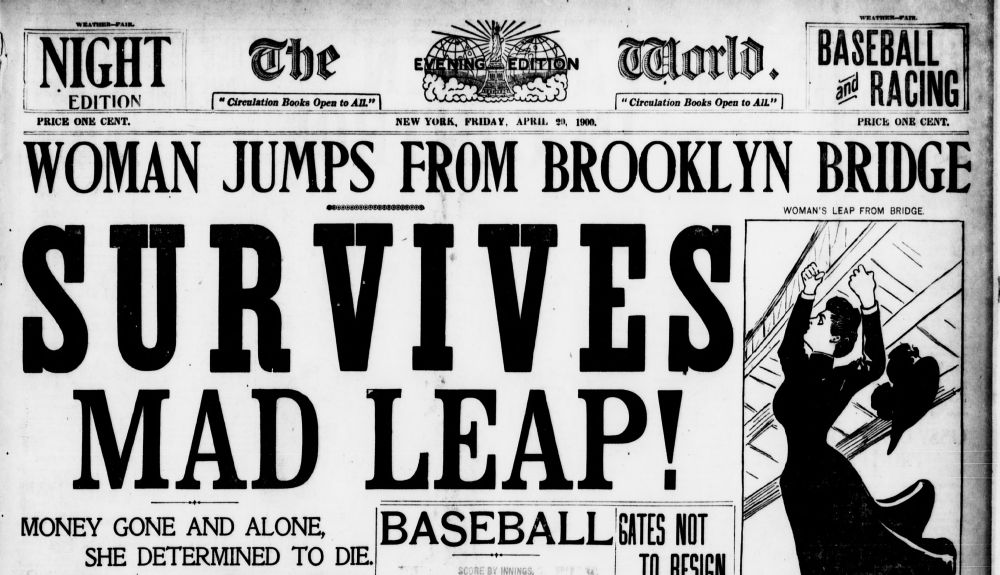Facebook Political Ads 2020: Ranking Of Facebook Ad Spend By Candidate
See how candidates stack up against one another in their Facebook Ad spend and quickly access live updates.

Clickbait is changing how publishers engage with readers. Learn the key to its success.
Online publishers are changing the game of content engagement with strategies prioritizing social sharing over SEO, clicks over pageview durations, and page upon page of quirky animated GIFs over walls of text. Buzzfeed and Upworthy popularized clickbaiting, a marketing tactic utilizing “curiosity gaps” guaranteed to rake in fresh readers through catchy headlines and fun, stress-free content.
In this blog post, we’ll explain what clickbait is, where it came from, and why it’s so successful in the age of lightning-fast media distribution.
What happens next will blow your mind.
Despite its recent popularity, clickbait is nothing new. Its ancestor, yellow journalism, was born over a century ago.
Yellow journalists of the late 1800’s lured readers in droves by publishing sensational news reliant on wildly exaggerated headlines. This form of journalism pandered for newspaper circulation, while today’s clickbait rakes in pageviews instead.

Imagine you’re scrolling down Facebook and you see these headlines:
While there’s nothing inherently “wrong” about these headlines, headlines written in clickbait format spark stronger interest overall:
Hyperbolic yet effective, it’s no wonder readers flock to sensational, curiosity-inducing headlines over staunch, traditional messages. Fun and engaging in nature, most clickbait seeks primarily to entertain.
Brands old enough to remember the bygone days of pre-Internet marketing can lose younger readers by appearing too traditional or “unapproachable” online.
Clickbait softens that image, endearing readers to brands on a more personal level. Even Jack Daniel’s adopts the conversational tone of clickbait into its brand blog:

In the course of testing message headlines for clients we see first hand that clickbait headlines can help drive more sharing and readers. However, clickbait can cost you if not used carefully.
We sometimes see clickbait headlines backfire with lower performance when the headline misleads the reader (over promise, under deliver) or when the headline includes an overused clickbait phrase (e.g. “you’ll never believe what happened next”, “faith in humanity restored”, “blow your mind”, etc.). Weaker performance for such articles can manifest itself in short time on page, high bounce rates, low share rates, or low referral clicks per share (where many people reshare a Facebook News Feed post but never bother reading reading the article in the post).
Also, using clickbait headlines can undermine efforts to build reader loyalty. Your content stands out less if your headlines incorporate the same style of clickbait used by many other publishers. Additionally, clickbait headlines can erode trust in the quality of your content for some audiences. A New York Times reader, for example, would be turned off by a headline such as, “Apple CEO Reassures Panicking Investors With This Amazing Email, What Happened Next Will Blow Your Mind”.
Keeping in mind these potential downsides, using clickbait headlines can be a powerful part of your social strategy when used properly.
In our next post, find out how you can leverage clickbait to draw in readers and drive engagement to your most valuable content.
See how candidates stack up against one another in their Facebook Ad spend and quickly access live updates.
Naytev’s Chief Strategy Officer, shares cutting-edge strategies on how communications teams can dramatically improve social media content performance for upcoming elections.
If you can't calculate the overall impact of any given piece of content, then it's impossible to make informed decisions about it.